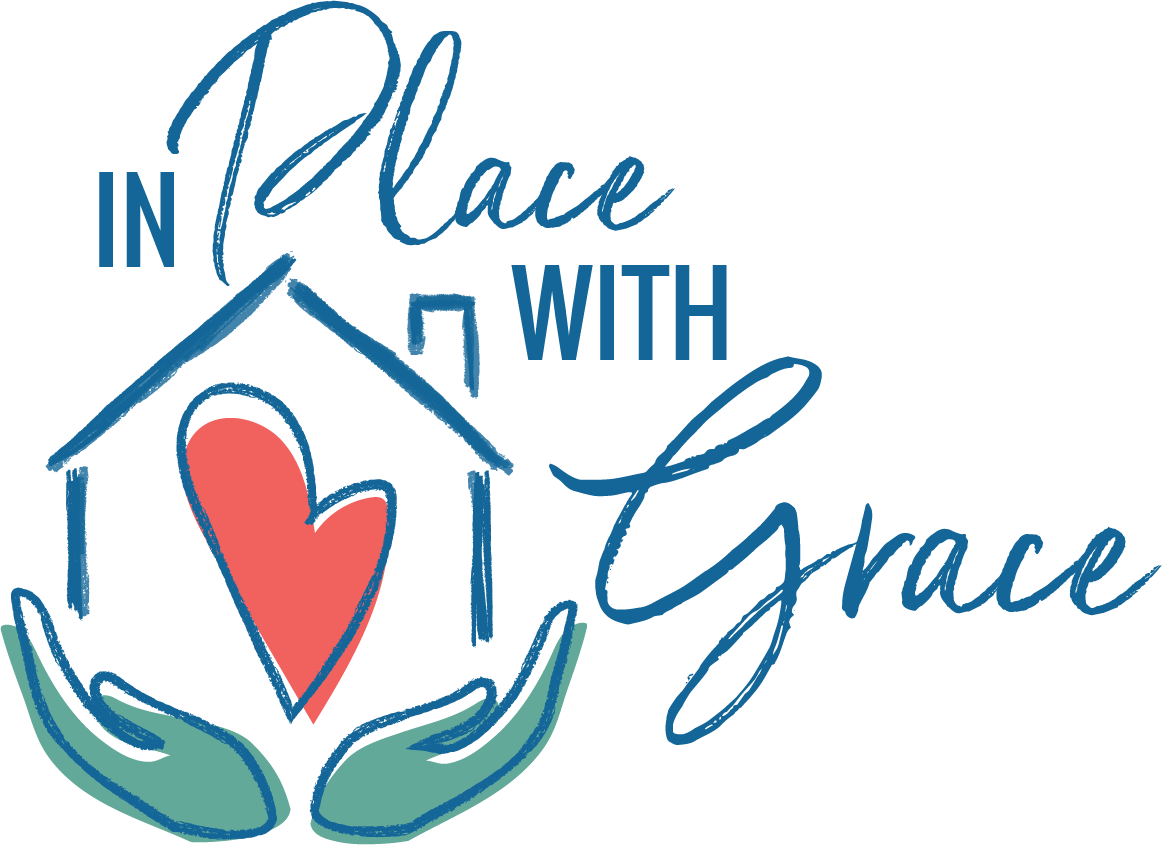
By Holly Kennedy, PT, CAPS, ECHM
Did you know that 1 in 4 Americans aged 65+ falls every year? Falls are the leading cause of injuries for older Americans and they are costly—in dollars and in quality of life. However, falling is NOT an inevitable part of aging. Falls among seniors can be reduced substantially by following these simple tips.

1. Make an appointment with your doctor
Begin your fall-prevention plan by making an appointment with your doctor to address the following:
- Medications: Ask your doctor and pharmacist to review your medications for side effects and interactions that may increase your risk of falling.
- Discuss Falls: Tell your doctor if you have fallen, have a fear of falls or if you feel unsteady on your feet.
- Have your vision and hearing checked at least annually.
- Exercise: If you aren’t already exercising, ask your doctor if there are any restrictions to starting an exercise program or if you would benefit from physical therapy or a balance program.

2. Exercise: Keep Moving!
Physical activity is very important for fall prevention. With your doctor’s approval, consider activities such as walking, senior fitness classes, water workouts or Tai chi. Try to incorporate balance, strength and flexibility activities. Consider attending A Matter of Balance evidence-based balance and fall prevention program. Find something you love, invite a friend and stick with it!

3. Wear sensible shoes
Consider changing your footwear as part of your fall-prevention plan. Wear properly fitting, sturdy shoes with nonskid soles.

4. Make your home safer
Look at your home room by room to find and correct potential hazards. Below are a few simple things you can do to make your home safer:
- Remove clutter and cords from walkways.
- Enhance lighting by having multiple light sources in each room and on stairs. Use brighter LED bulbs and nightlights.
- Remove or secure loose throw rugs with double-faced tape or a slip-resistant backing.
- Store frequently used items within easy reach.
- Clean up spills immediately.
- Use nonslip surfaces (nonskid strips or mats) and install grab bars near the toilet and in the shower.
- Use a sturdy bath seat and handheld shower head so you can sit while showering.
- Keep stairs well lit, clear of clutter and install secure handrails on both sides.
- Consult an occupational therapist if you have accessibility issues in your home, struggle to do your bathing/dressing activities or want extra help making your home safer & easier to use.

5. Talk to your family
Include your family members so they can offer support and assistance.

Fall Prevention week is September 21-25. Mark your calendars and use this week to work on your Fall Prevention plan together. Remember, falling is NOT a normal part of aging.
Sources: National Council on Aging https://www.ncoa.org/healthy-aging/falls-prevention/falls-prevention-awareness-week/
